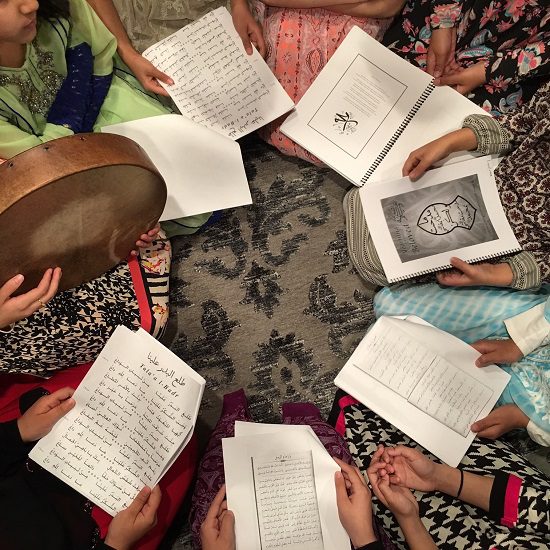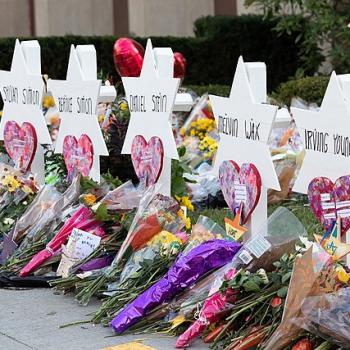 |
|
Don’t scare me, I won’t scare you
|
“Just because it’s not something you see very often. I guess there’s just some images you have in your head from the media,” said Alana Balch, 30, in an article about the six Imams who were kicked off a flight at the Minneapolis-St. Paul International Airport earlier this week.
Balch was referring to the fact that the Imams had offered one of the five daily prayers before boarding and subsequently being thrown off. She said this made her uncomfortable and was associated with certain media images.
Hold that thought.
If you’ve never personally interacted with a Muslim, it’s easy to see why prayer would scare you. In Edward Zwick’s 1998 movie The Siege, Muslim terrorists are shown praying, while the only good Muslim in the movie is a non-religious Arab-American FBI agent.
On television, how often have you seen images of praying Muslims in reports about terrorism? Remember those shots (no pun intended) of turbaned Muslim men putting down their kalashnikovs beside them as they bowed and prostrated in the stark Middle Eastern desert or countryside?
Too often. Way too often.
This case illustrates blatant religious discrimination. No kidding. With this incident, it’s probably safe to say that “flying while Muslim” is now an established phenomena post-9/11, like its predecessor DWB or Driving While Black. The latter term refers to the law enforcement practice of profiling African-American drivers, which was documented in a 2003 Ohio State University national study of the phenomenon. It noted that black men are 35 percent more likely than white men to report being stopped by police for a traffic violation.
Moreover, the fact that Imams were singled out indicates that even the leaders of our faith community are not immune from the belief held by 46 percent of Americans that Islam is more likely than other religions to encourage violence among its believers. Generally, religious leaders are accorded a certain level of respect by most, be they priests, pastors or rabbis. Imams, as we have now seen, are exempt from this esteem. This despite the fact that these six scholars were no security risk, since they were allowed to board the plane in the first place.
But even as racial profiling of Muslims becomes more common, we must all do our part to better explain why the Imams were praying on board, why Muslims in general pray, how often and in what manner. If there’s any clash between Muslims and the West today, it’s one of communication, not civilizations. The more effectively we communicate our values, the less likely incidents like these will occur.
We need to consider that for most Americans and Westerners, public displays of religiosity often make people uncomfortable, even if they are legally allowed. In American culture, politics and religion are considered two topics to avoid discussing in polite company.
In addition, when it comes to Islam, the sensitivity level towards Muslim behavior is extraordinarily high given the 9/11 terror attacks, particularly in relation to air travel.
So what’s a praying Muslim to do? Here are a couple of ideas:
- Most large airports have some form of prayer area or chapel. If possible, pray there before the flight in order to avoid having to pray on board.
- If a chapel is not available or you were unable to catch the prayer on time, do not begin Salah while people are boarding. Everyone is already tense as it is at this time. Once the flight has completed takeoff, consider praying in your seat. This is low-key and less likely to attract fear and attention.
- If you would like to complete the prayer with the full movements of bowing and prostrating, privately ask one of the flight attendants. Explain what the prayer is, why you need to perform it and why you cannot wait to pray it after you land. Also, say up front that you do not wish to scare or inconvenience any of the passengers or crew. You just want to offer your prayers and would really appreciate it if you could do so in a private location. If your request is granted, it would be nice to send a thank you note through the airlines’ customer service department when you get back home.
I personally know of one Canadian Imam who did most of what’s outlined in suggestion number three and had no problem praying. In fact, the flight attendant was only happy to make space for him.
The Imams involved in this case are right to challenge this obvious example of religious bias. But Muslims, Imams or not, need to also be aware of the sensitivities of non-Muslims while traveling. That means planning ahead and minding our movements as we deal with the challenges of flying while Muslim.
Samana Siddiqui is a Chicago-based freelance writer.











